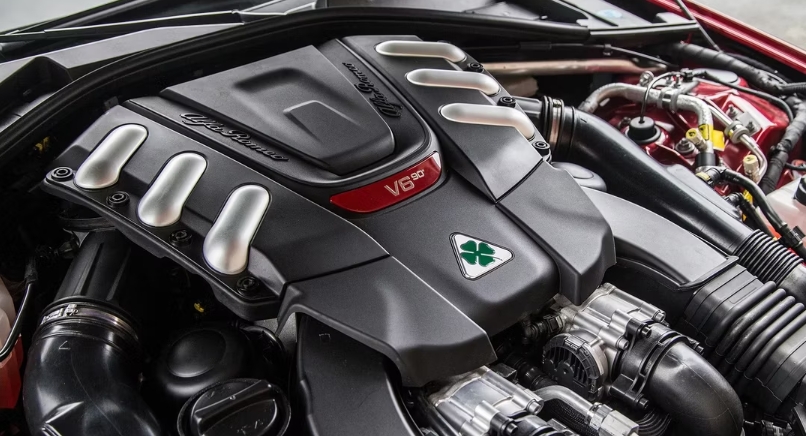
March 8, 2022March 8, 2022 0 Comments
Turbocompressor installation, maintenance and operating instructions
- Clean the oil piping to the TKR and replace the gaskets on the fittings.
- Check the condition of the oil drain pipe from the TKR. Clean and flush the pipe. Next replace the paranite gasket on the tube flange. Note that the hole in the gasket must not be smaller than the drain tube hole.
The use of sealant is not recommended. - Check the oil and air filters and replace them if necessary.
- Remove and if necessary flush the crankcase ventilation system breather packing, and don’t forget the crankcase hoses, they should also be flushed. Avoid kinking the above hoses when fitting.
- Replace the oil in the engine.
- If you’re using a diesel engine, check and adjust the fuel pump to the correct fuel delivery. Don’t forget to check and adjust the injectors.
- Before installing the TKR, remove all transport plugs from the TKR. Inspect the TKR joints, make sure there are no foreign objects in the gas, air and oil ducts.
- Pour 20-50 g of engine oil, which is used in the engine, into the oil inlet of TKR and after a couple of minutes turn the rotor by hand. The rotor should rotate easily without seizing.
- Mount the TKR on the engine, do not connect the oil drain pipe. Disconnect plugs or block starting the engine by activating the alarm or disconnecting the HPF power lead, then rotate the starter motor until oil flows from the fuel oil drain. The oil drain connection can now be connected.
- After installation of TKR, check tightness of connections of the air duct before TKR and behind it, start the engine and let it work at 800-1000 rpm within 15-20 minutes. The oil pressure must not exceed 1,2 kg/cm2. Check for oil leakage.
- When working in a dusty environment, regularly blow out the air filter with compressed air.
- Change oil and oil filter every 8000-10000 km. Air filter – 6000-8000 km.
- Check the integrity of the air duct before and after the turbocharger.
- Check the turbine oil drain and underwater oil line.



